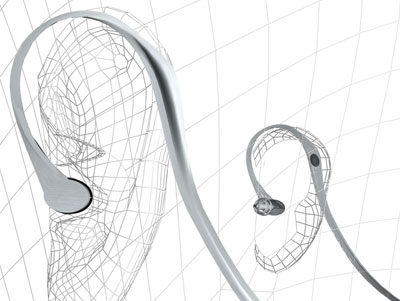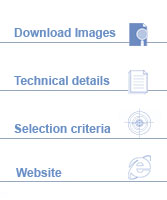|

WT AWARD 2009 - ACCESSIBILITY
ISA
thinkmore
 |

|
Apparecchio acustico non invasivo caratterizzato da un design elegante e da una tecnologia innovativa che permette di udire con maggior precisione ogni tipologia di suono, anche le vibrazioni più sensibili sfruttando al massimo le potenzialità residue dell’orecchio funzionante. E’ costituito da un processore centrale, un interferometro laser e fibre ottiche tecnologiche racchiuse in un rivestimento di magnesio. I segnali sonori vengono catturati dal padiglione auricolare esterno, si propagano nel canale uditivo e provocano la vibrazione della membrana del tamburo. Tale vibrazione viene misurata tramite un segnale ottico generato dall’interferometro laser posizionato dietro la testa. Il segnale ottico viaggia attraverso la fibra ottica fino al tamburo dove interferisce con la vibrazione della membrana e il segnale riflesso viene reinviato al dispositivo. Il segnale viene elaborato dal processore, amplificato, come dettato dalle esigenze specifiche dell’utente, e trasmesso nuovamente all’orecchio interno sfruttando un processo di conduzione attraverso le ossa ad alta fedeltà. In questo modo è possibile fornire un suono bilanciato, naturale e ad alta risoluzione. Il processore può essere alimentato da batterie al litio o sfruttando l’energia cinetica generata da un semplice movimento della testa.
A non-invasive hearing aid characterized by an elegant design and by an innovative technology. It uses lasers and optics to read mechanical vibrations and has the potential to provide well-balanced, natural and high resolution sound. It is highly proficient at improving sound quality using as much of the functioning ear as possible. It contains a central processor, a laser doppler interferometer and optical fiber technologies enclosed within a cast magnesium casing. A sound signal is captured by the external ear shell and resonates in the ear canal. The signal travels to the ear drum where it causes the drum membrane to vibrate. The vibration is measured by this optical signal using a laser doppler vibrometer contained in the section of the aid, worn at the back of the head. The optical signal is incident on the ear drum membrane, and the reflected signal is returned to the vibrometer. The signal is processed and amplified, as dictated by the patients specific requirements, and transmitted to the inner ear via high-fidelity bone-conduction, in all its richness and complexity. The innovation of this technology is also in its options for recharging the battery. It has a kinetic energy battery which is recharged through head movement generated by wearing the device and a plug-in, rechargeable lithium ion battery.
 |
 |
|
